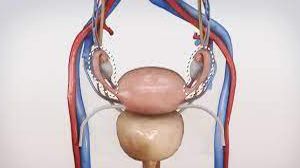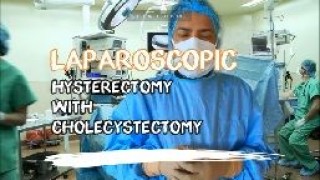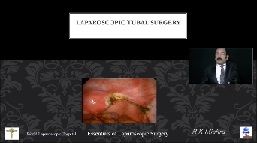Salpingo Oophorectomy for Large Ovarian Cyst
Add to
Share
64 views
Report
4 weeks ago
Description
A salpingo-oophorectomy is a surgical procedure in which one or both ovaries and fallopian tubes are removed. It is often performed when there is a large ovarian cyst, especially if the cyst is symptomatic, persistent, or suspected to have malignant potential. The procedure may be unilateral (removing one ovary and fallopian tube) or bilateral (removing both sides), depending on the patient’s condition, age, and reproductive preferences. Indications Salpingo-oophorectomy is considered for large ovarian cysts in the following situations: Cysts larger than 8–10 cm causing pain or pressure symptoms Recurrent or persistent ovarian cysts not responding to conservative management Suspicion of malignancy based on imaging, tumor markers, or clinical features Torsion or rupture of a large ovarian cyst leading to emergency complications Associated endometriosis or tubo-ovarian mass Preoperative Evaluation Ultrasound/CT/MRI to assess size, location, and characteristics of the cyst Tumor markers (CA-125, CEA, AFP, β-hCG, LDH) to evaluate risk of malignancy Routine investigations to assess fitness for surgery Counseling regarding fertility implications and hormonal changes, especially in young women Surgical Approach Laparoscopic Salpingo-Oophorectomy Minimally invasive technique Preferred when the cyst is large but benign-appearing Benefits: less pain, faster recovery, shorter hospital stay Open Laparotomy Indicated if the cyst is extremely large, ruptured, or highly suspicious of malignancy Provides better exposure and control in complicated cases Steps of the Procedure Establish access via laparoscopic ports or open incision Careful dissection of adhesions if present Identification of ovary and fallopian tube Ligation and division of infundibulopelvic ligament (ovarian vessels) Ligation of utero-ovarian ligament and fallopian tube Removal of the specimen, often in an endobag to prevent spillage Hemostasis and closure Postoperative Care Pain management and early ambulation Monitoring for complications like bleeding, infection, or bowel/bladder injury Histopathology report to confirm benign or malignant nature of the cyst Hormonal counseling if bilateral oophorectomy has been performed Prognosis and Outcomes Benign cysts: Excellent prognosis with complete removal Malignant cysts: Further oncological treatment may be needed Fertility preservation: If unilateral salpingo-oophorectomy is done, the other ovary maintains hormonal function and fertility potential Menopausal implications: Bilateral removal leads to surgical menopause requiring hormone replacement therapy (HRT) consideration in young women Conclusion Salpingo-oophorectomy for large ovarian cysts is a safe and effective procedure when performed with proper preoperative evaluation and surgical expertise. Laparoscopic techniques, whenever feasible, provide significant advantages, but open surgery remains essential in select cases. The decision must balance the patient’s symptoms, risk of malignancy, and desire for fertility preservation.
Similar Videos






